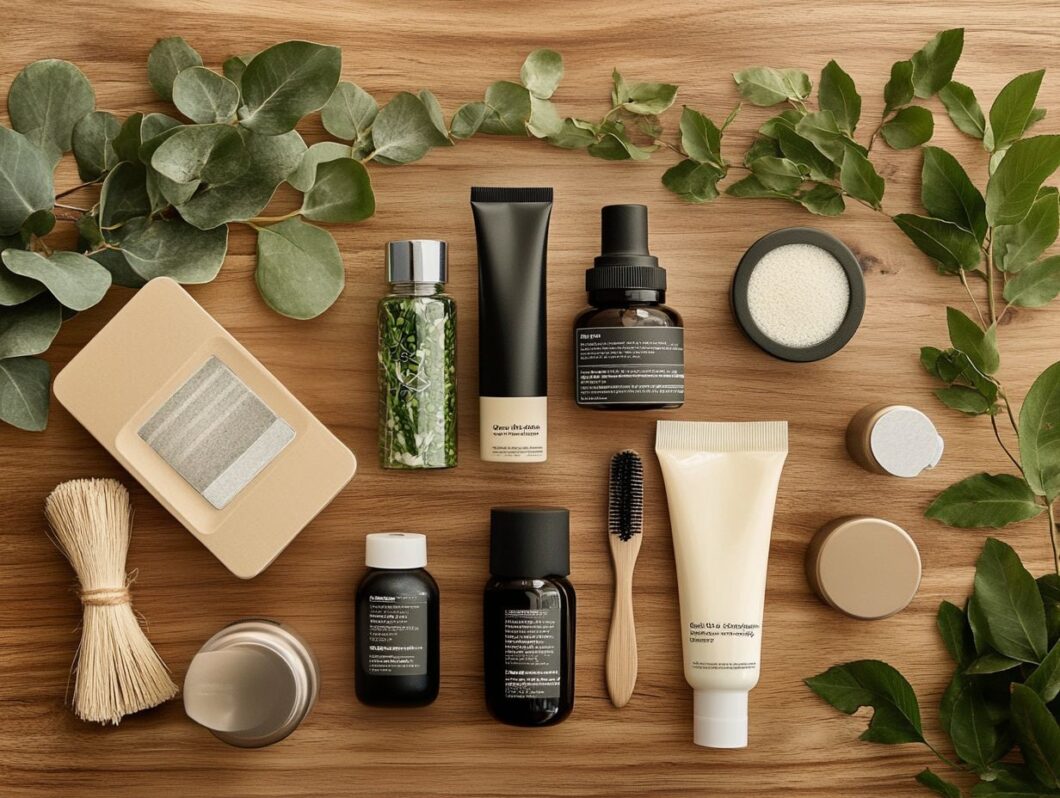Climate change is significantly reshaping industries around the world, and the beauty sector is no exception. As the environmental and social consequences of climate change become more pronounced, I have observed that beauty brands are increasingly prioritizing sustainability.
This shift highlights the various ways these brands are adapting, from implementing innovative practices to satisfy consumer demand for eco-friendly products, to confronting the challenges associated with establishing sustainable solutions. I encourage you to explore how you can support this movement and make a positive impact in the beauty industry.
Key Takeaways:
The Impact of Climate Change on the Beauty Industry
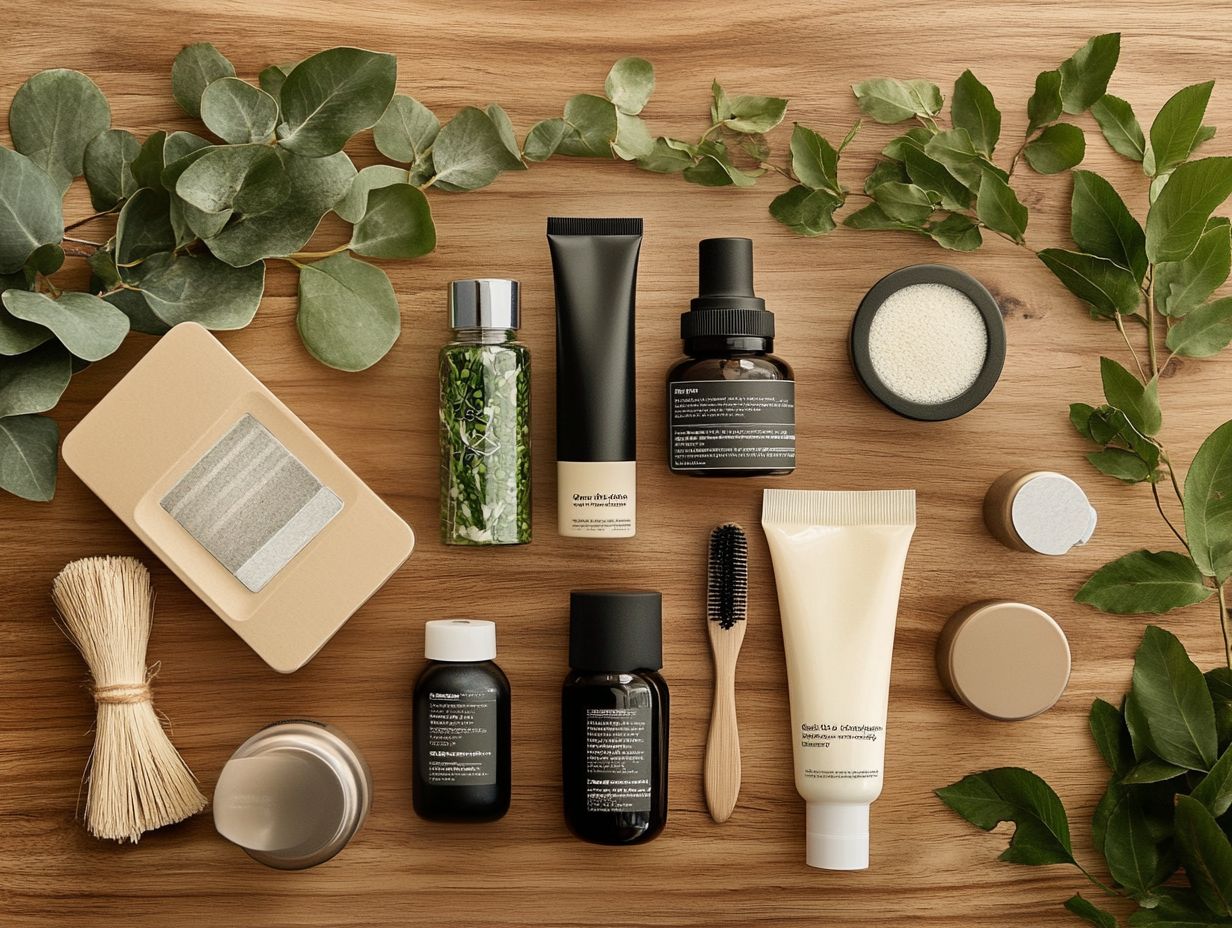
Climate change has a profound impact on the beauty industry, influencing ecosystems, affecting ingredient sourcing, and driving the need for sustainable practices.
As consumer awareness grows, beauty brands are increasingly held accountable for their environmental responsibilities, especially as climate change leads to rising plastic waste and pollution levels.
The beauty sector cannot escape the repercussions of greenhouse gas emissions, which threaten biodiversity and prompt companies to reassess their manufacturing processes and supply chain management.
Environmental and Social Consequences
The environmental and social consequences of climate change on the beauty industry are significant, with rising pollution and biodiversity loss impacting both product availability and quality.
As the climate continues to change, I have observed that many natural ingredients essential for formulation, such as specific botanicals and oils, are diminishing in both quantity and potency. This decline affects the overall effectiveness of beauty products.
In response to these challenges, I see various brands reassessing their sourcing strategies and increasingly adopting regenerative practices and sustainable materials to minimize their carbon footprint.
Concurrently, I notice that consumers are becoming more conscious of these issues, leading to a discernible shift in purchasing habits towards ethical and sustainable products. This transition reflects a growing demand for transparency and a preference for brands that prioritize environmental and social responsibility, ultimately shaping the future of product innovations within the beauty sector.
Sustainability Efforts by Beauty Brands
Considering the increasing concerns surrounding climate change and the rising consumer demand for cleaner products, I am observing that beauty brands are placing a greater emphasis on sustainability efforts through ethical sourcing and transparent practices.
Companies such as L’Oreal and Beautycounter are at the forefront of this movement, implementing sustainable strategies that minimize environmental impact while improving product transparency for consumers.
This transition towards sustainable practices effectively addresses issues related to plastic waste and aligns with the values of conscious consumers who are actively seeking clean beauty options.
Examples of Sustainable Practices
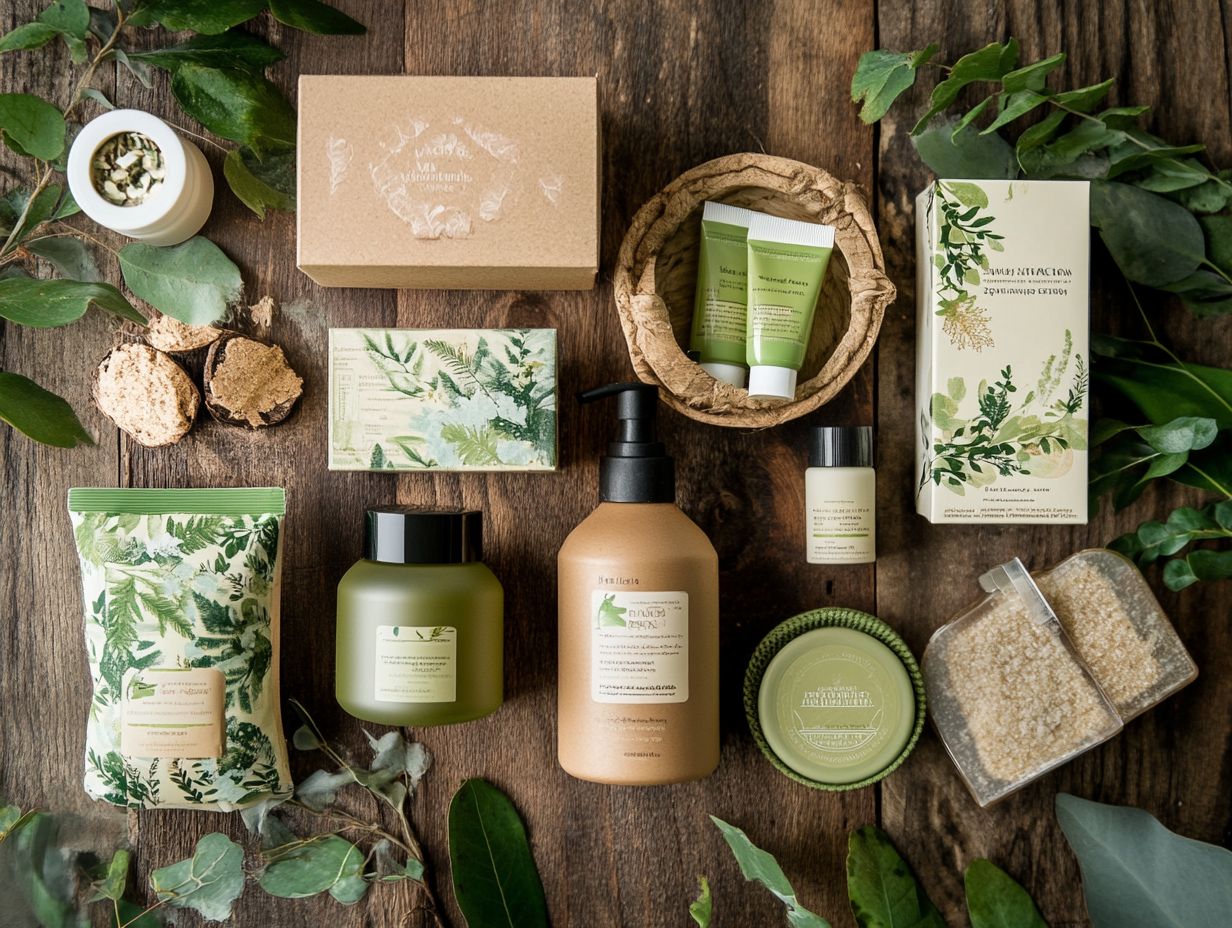
I have observed that beauty brands are increasingly adopting sustainable practices, including the use of recyclable materials, implementing refillable packaging systems, and pursuing organic certification for their products.
For example, ILIA Beauty has made significant progress by utilizing aluminum and glass for its packaging—both of which are infinitely recyclable. This thoughtful choice not only reduces reliance on single-use plastics but also promotes a circular economy where materials are continuously reused.
Similarly, Frédéric Fekkai focuses on eco-friendly formulations that prioritize naturally derived ingredients while steering clear of harsh chemicals. Their commitment goes beyond product composition; by introducing refill stations in select retail locations, they further reduce packaging waste and encourage responsible consumer habits.
These initiatives not only decrease the beauty industry’s carbon footprint but also motivate consumers to be more mindful of their purchasing decisions, contributing to a broader cultural shift towards sustainability.
Consumer Demand for Sustainable Beauty
I have observed a significant shift in consumer demand toward sustainable beauty, which reflects changing purchasing patterns that favor products emphasizing clean ingredients and environmentally friendly practices.
Today’s consumers are increasingly aware of the environmental impact of their purchases, leading them to prefer beauty brands that prioritize sustainability and ethical practices. This shift toward conscious consumerism is reshaping the beauty landscape and compelling retailers such as Sephora and Target to adapt their product offerings to align with these new expectations.
The Rise of Conscious Consumerism
I observe that conscious consumerism is transforming the beauty industry, as I find that more consumers are actively seeking brands that align with their values regarding sustainability and ethical practices.
This change in purchasing behavior has prompted beauty retailers, including myself, to thoroughly re-evaluate supply chains and production methods. By investing in eco-friendly packaging, cruelty-free ingredients, and transparent sourcing, we are not only appealing to a more discerning clientele but also fostering an environment where sustainability takes precedence over mere profit.
Organizations like the British Beauty Council play a vital role in leading these initiatives, emphasizing the importance of consumer education in making informed choices. Through workshops, certifications, and campaigns, they give the power to shoppers like me to recognize and support brands committed to sustainable and responsible practices, further solidifying the shift towards a more eco-conscious beauty landscape.
Challenges and Obstacles in Achieving Sustainability
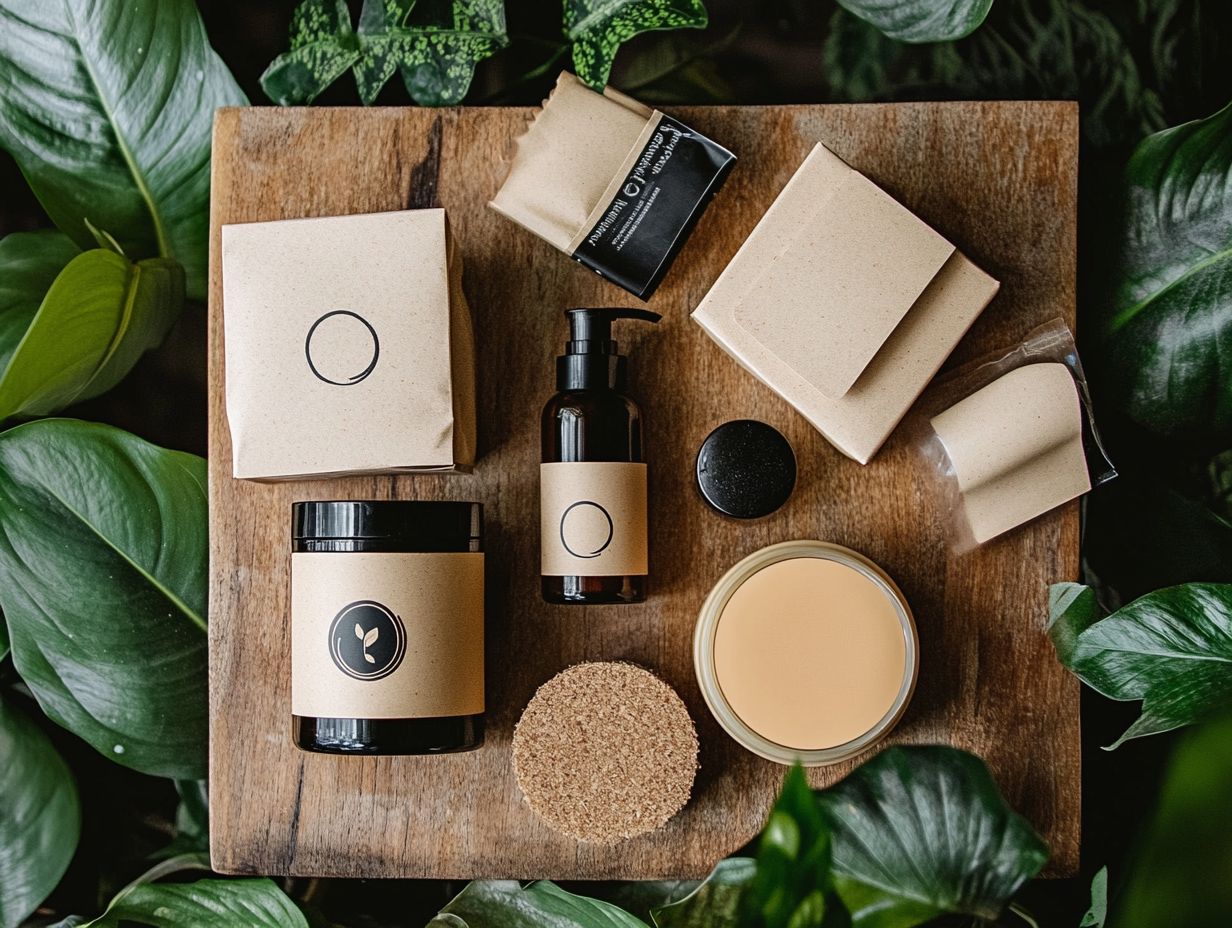
Despite the notable advancements in sustainability within the beauty industry, I recognize that various challenges and obstacles continue to impede the effective implementation of sustainable practices by beauty brands.
Factors such as stringent government regulations, the complexity of supply chains, and the high costs associated with sustainable sourcing and production present significant barriers that can deter companies from fully embracing eco-friendly initiatives.
Furthermore, many brands find it difficult to effectively integrate consumer education on sustainability into their marketing language.
Barriers to Implementing Sustainable Practices
Barriers to implementing sustainable practices in the beauty industry often arise from complex supply chain issues and outdated manufacturing processes.
For instance, I observed that a well-known skincare brand encountered significant challenges when attempting to transition to eco-friendly packaging materials; their current suppliers were unable to provide suitable alternatives without jeopardizing product integrity.
On the other hand, I noted that another brand effectively addressed similar issues by collaborating with local suppliers who specialized in sustainable materials, which ultimately led to a notable reduction in their carbon footprint.
Moreover, innovative strategies, such as employing blockchain technology to track ingredient sourcing, have enabled some brands to improve transparency within their supply chains.
These case studies illustrate that while the path to sustainability can indeed present numerous obstacles, strategic partnerships and the adoption of modern technology can facilitate meaningful progress.
Innovations in Sustainable Beauty
Innovations in sustainable beauty are significantly transforming the industry landscape, with new technologies and trends emerging to address its environmental impact.
I have observed that beauty brands are increasingly adopting renewable resources and innovative packaging solutions to minimize waste and enhance the product lifecycle.
Companies such as B Lab and those pursuing B Corporation certification are leading this movement, showcasing that sustainability can indeed coexist with profitability and market leadership.
New Technologies and Trends
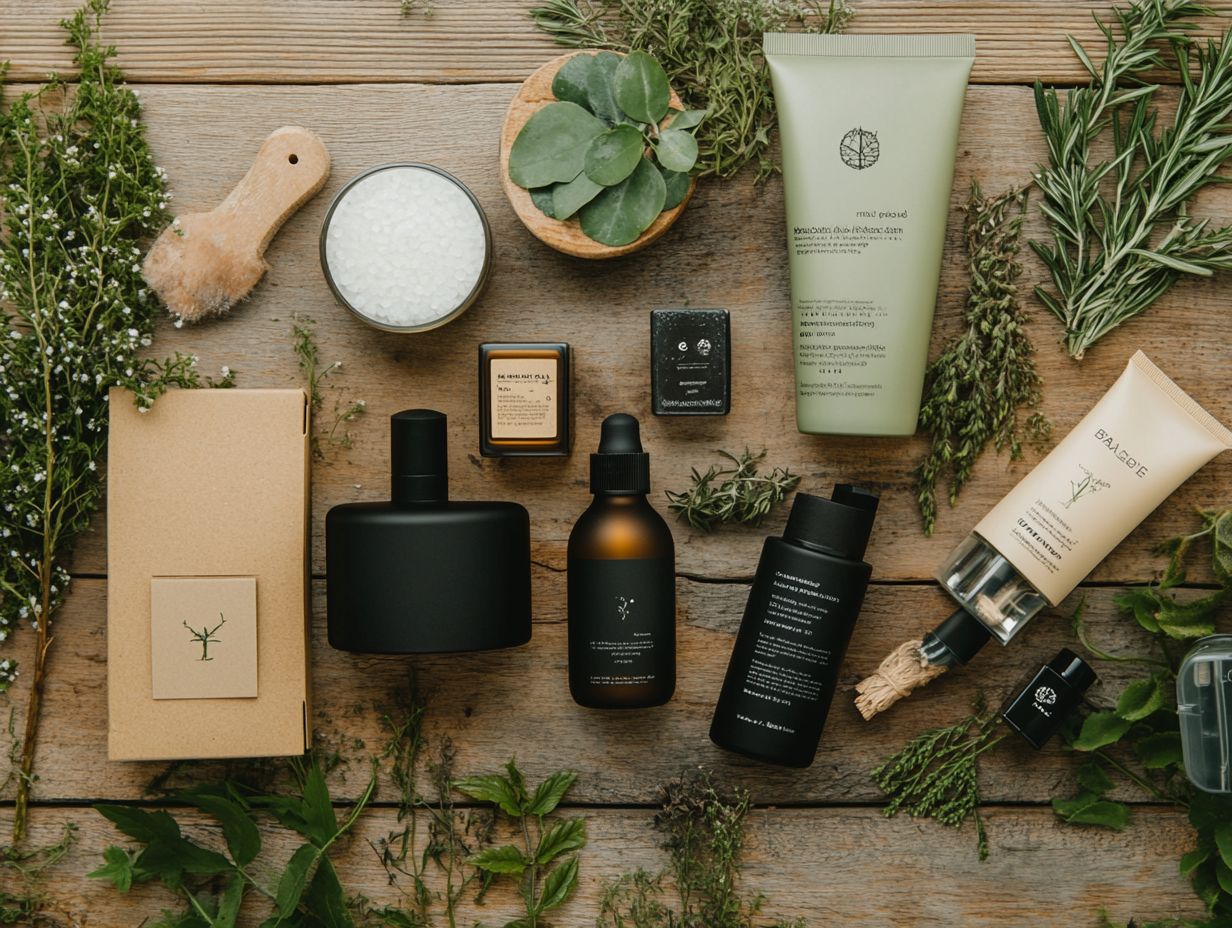
New technologies and trends are transforming the beauty industry, particularly in areas such as eco-friendly packaging and the integration of renewable energy in production processes.
For example, I’ve observed that brands are increasingly utilizing 3D printing technology, not only for product development but also for creating sustainable packaging solutions that minimize waste and enhance material efficiency.
Companies like L’Oréal are at the forefront of this movement, incorporating bio-sourced materials into their product lines and promoting a shift towards renewable resources. These advancements not only bolster a brand’s reputation but also align with the values of environmentally-conscious consumers who prioritize supporting businesses committed to sustainability.
As more companies adopt these innovative practices, I notice a positive shift in consumer perception, with sustainability becoming a significant competitive advantage in the marketplace.
How Consumers Can Support Sustainable Beauty
I recognize the crucial role consumers play in supporting sustainable beauty by making informed choices that positively affect both the environment and their communities.
By prioritizing brands that demonstrate environmental responsibility and ethical practices, I can influence market trends and encourage beauty retailers to adopt more sustainable strategies.
Engaging in community initiatives and advocating for clean products further amplifies my impact on promoting sustainability within the beauty industry.
Ways to Make a Positive Impact
There are several effective ways I can make a positive impact in supporting sustainable beauty, starting with a focus on consumer education and improving recycling rates.
By taking concrete actions, I can amplify my efforts within this growing movement. For instance, I consider purchasing from brands that are committed to using biodegradable materials, as this not only helps reduce waste but also promotes a cleaner environment.
Joining local waste reduction initiatives allows me to connect with like-minded individuals while actively contributing to my community’s sustainability goals.
Educating myself and sharing knowledge about sustainable practices give the power tos others to make informed choices, further amplifying my impact.
Additionally, engaging collaboratively with beauty brands fosters a shared commitment to eco-friendly practices, ensuring that sustainability becomes a central tenet of beauty production and consumption.


